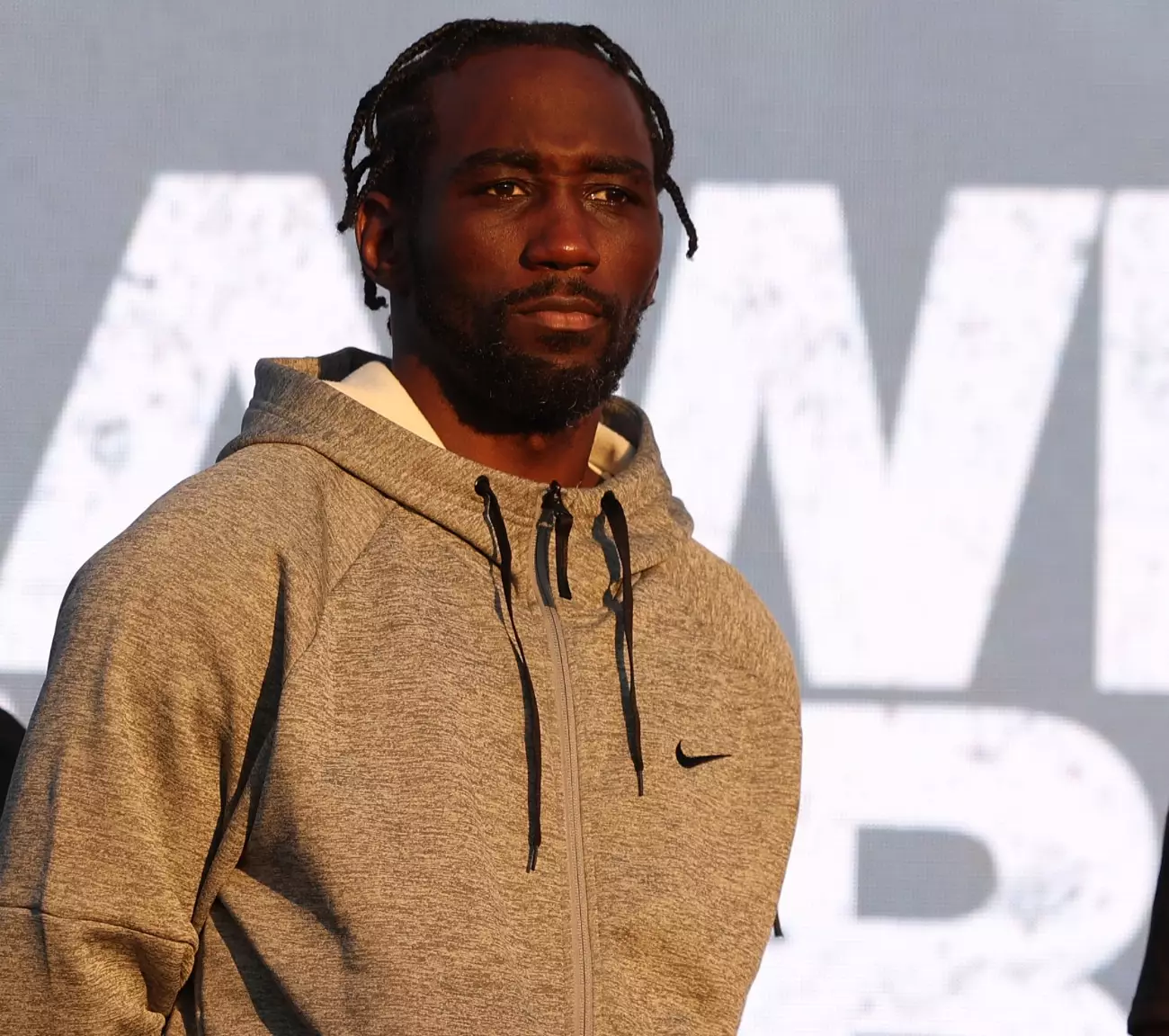The boxing world is buzzing with anticipation as Terence Crawford prepares for his upcoming fight against Canelo Alvarez. As of today, Crawford has reported a weight of 186 pounds, but the legitimacy of this figure raises eyebrows. Is he genuinely this heavy, or is he attempting to mislead his opponent in a game of psychological warfare? The implications of this weight gain are significant, as moving up to 168 pounds could present a formidable challenge for Crawford, especially considering the physical demands of shedding excess weight before the face-off scheduled for September 13.
Crawford’s recent performance against Israil Madrimov at junior middleweight left him exposed; he seemed physically underwhelming in what was also his debut at that weight class. His transition from 147 to 154 pounds could have been a strategic choice, yet one that backfired as he now confronts the possibility of swelling further into a category where he may not belong. Notably, his videos have showcased a less-than-ideal physique, possibly indicating that he has let himself go while attempting to bulk up in preparation for a title fight that could carry massive financial rewards.
Canelo’s Dominance: A Formidable Benchmark
Canelo Alvarez, the reigning three-belt super middleweight champion, has proven himself time and again. His recent victory over Jermell Charlo—an unquestionable showcase of his superior skills—illustrates the gap Crawford must bridge to pose a genuine threat. The unanimous decision win against Charlo, a fighter who naturally fits into the weight class and holds substantial power, underscores a crucial aspect that Crawford must consider: moving up in weight must come with the requisite strength and speed to compete effectively. The chasm in size and physical power could pose insurmountable hurdles for Crawford as he faces an opponent known for his explosive punches and ruthless combinations.
Furthermore, the aftermath of Crawford’s struggle against Madrimov raises concerns over whether he is in a position to hold his own against someone like Canelo. Crawford’s potential strategy of avoiding prolonged exchanges to prolong the fight and secure a paycheck, rather than genuinely contesting for victory, is alarming. If this strategy echoes through his bout, it would not bode well for fans or the integrity of the sport.
The Future of Weight Class Dynamics
The complexities surrounding Crawford’s imminent clash with Canelo challenge the fabric of boxing conventions, especially regarding the practice of fighters leaping across multiple weight classes. Stakeholders in boxing must critically reassess the merit and entertainment value of such bouts. Turki Al-Sheikh, who plays a significant role in the organization of these fights, should reevaluate the trend of matchups reliant on paydays rather than authenticity and competitive spirit.
Crawford would benefit far more from focusing on achieving undisputed champion status at 154 pounds instead of chasing the glittering allure of a high-stakes bout two divisions above. Such a move could ensure a more legitimate standing within the sport, as opposed to being perceived merely as a fighter cashing in on a marquee matchup that does not reflect competitive integrity. It is imperative that the fight landscape emphasizes meritocracies, ensuring that fighters ascend through the ranks versus jumping in pursuit of lucrative opportunities that may not hold up competitively.
Ultimately, the upcoming fight will reveal not only Crawford’s capabilities but also the evolving narratives of weight classes in boxing and the challenging balance between ambition and realism.

